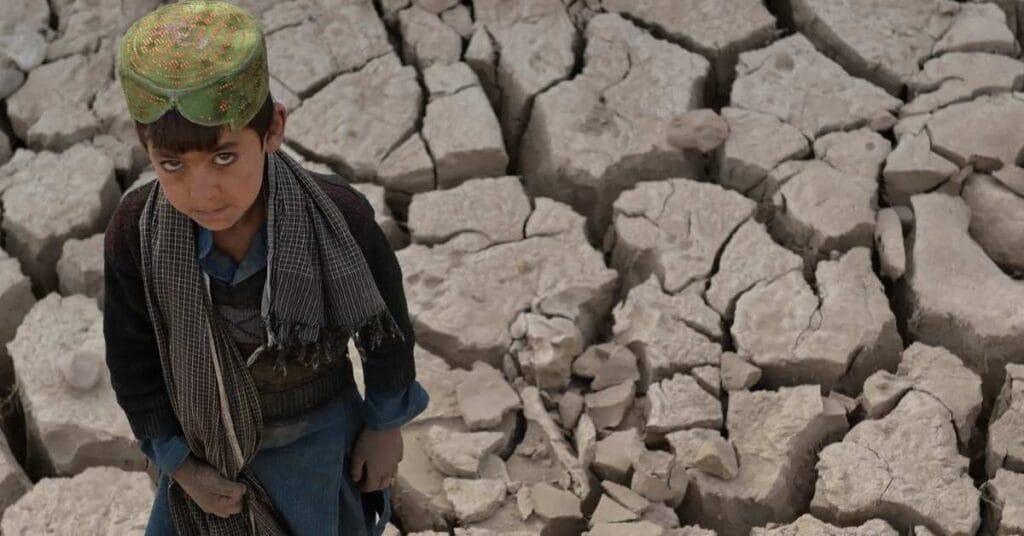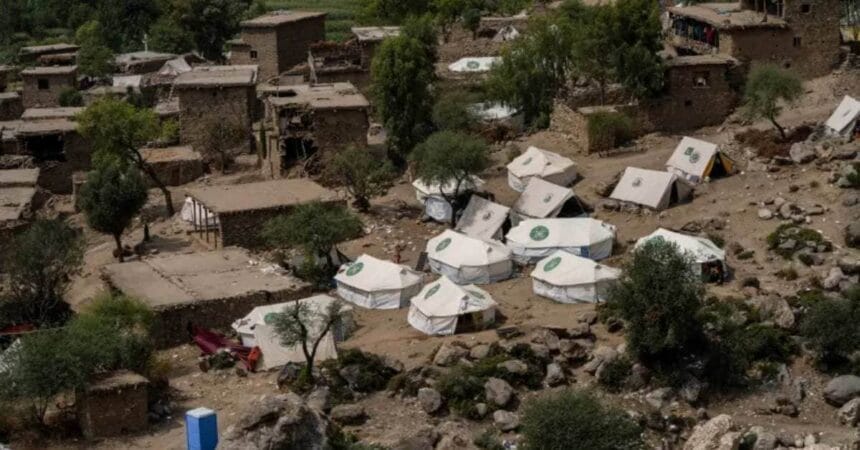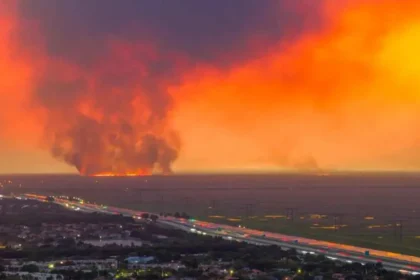The Afghan Earthquake has left thousands dead and injured. Entire villages were destroyed forcing families to live in tents. Returnees from Pakistan and Iran have been hit the hardest by the disaster. Rescue operations face serious delays as roads and bridges have been damaged leaving many areas inaccessible.
A powerful earthquake struck Afghanistan’s eastern Kunar province on August 31 killing more than 2200 people and injuring over 4000. Entire villages were reduced to rubble leaving thousands homeless. Aftershocks continue to shake the mountainous region.
In Wadir village 55 year old Nawab Din now lives in a tent on his farmland. He said we lost everything twice. First we lost our home in Pakistan when we were forced to return then the Afghan Earthquake destroyed everything here.
Since September 2023 more than four million Afghans have returned from Iran and Pakistan many after deportations. The Afghan Earthquake has worsened their suffering leaving families with no homes food or income. In Barabat village 58-year-old Sadat Khan who returned from Pakistan after losing his job described his struggle. He said we have nothing left. No house no work no help.
Rescue workers and local volunteers face enormous challenges reaching remote areas. Landslides destroyed roads leaving entire communities cut off for days. The United Nations reported more than 500000 people were affected by the Afghan Earthquake. Emergency shelters medical supplies and food aid remain scarce. Helicopters continue to airlift the injured to hospitals.
Doctors in field hospitals report a growing health crisis. Malnutrition among children is widespread and urgent care is needed. Several pregnant women have died due to a lack of female medical staff. Many families have lost everything.
Climate Crisis Deepens the Disaster
Experts warn deforestation drought and climate change have worsened Afghanistan’s vulnerability to natural disasters. In Kunar province families struggle to find drinking water food and safe shelter. The UN estimates over 13 million Afghans now face severe food insecurity as environmental and humanitarian crises overlap leaving communities with no safety net.
- Deforestation Worsens Risk Deforestation in Kunar has increased landslides and floods making homes more vulnerable.
- Water and Food Shortages Families face severe shortages of drinking water and food due to drought and disrupted agriculture.
- Millions at Risk Over 13 million Afghans are now facing severe food insecurity from overlapping climate and humanitarian crises.
The climate crisis has severely worsened Afghanistan’s vulnerability to natural disasters. Many families are struggling daily to access enough food clean water and safe shelter. Immediate interventions and support are crucial to protect the most at risk communities and prevent further loss of life.

Local authorities announced plans to build new housing plots for homeless families. Survivors say help is too slow. Esmat Muradi an Afghan affairs analyst called it a major humanitarian disaster warning that without urgent global assistance thousands could face hunger disease and homelessness through the winter.
Rescue Operations Continue
Hundreds of local villagers volunteers and NGOs including the Afghan Red Crescent have coordinated to rescue and evacuate affected families. Helicopters have airlifted over 2000 people but damaged roads and aftershocks continue to hinder access to isolated communities. Villagers report exhaustion from digging through rubble and burying the dead. Many residents continue to live under open skies fearing aftershocks and landslides while winter approaches.














